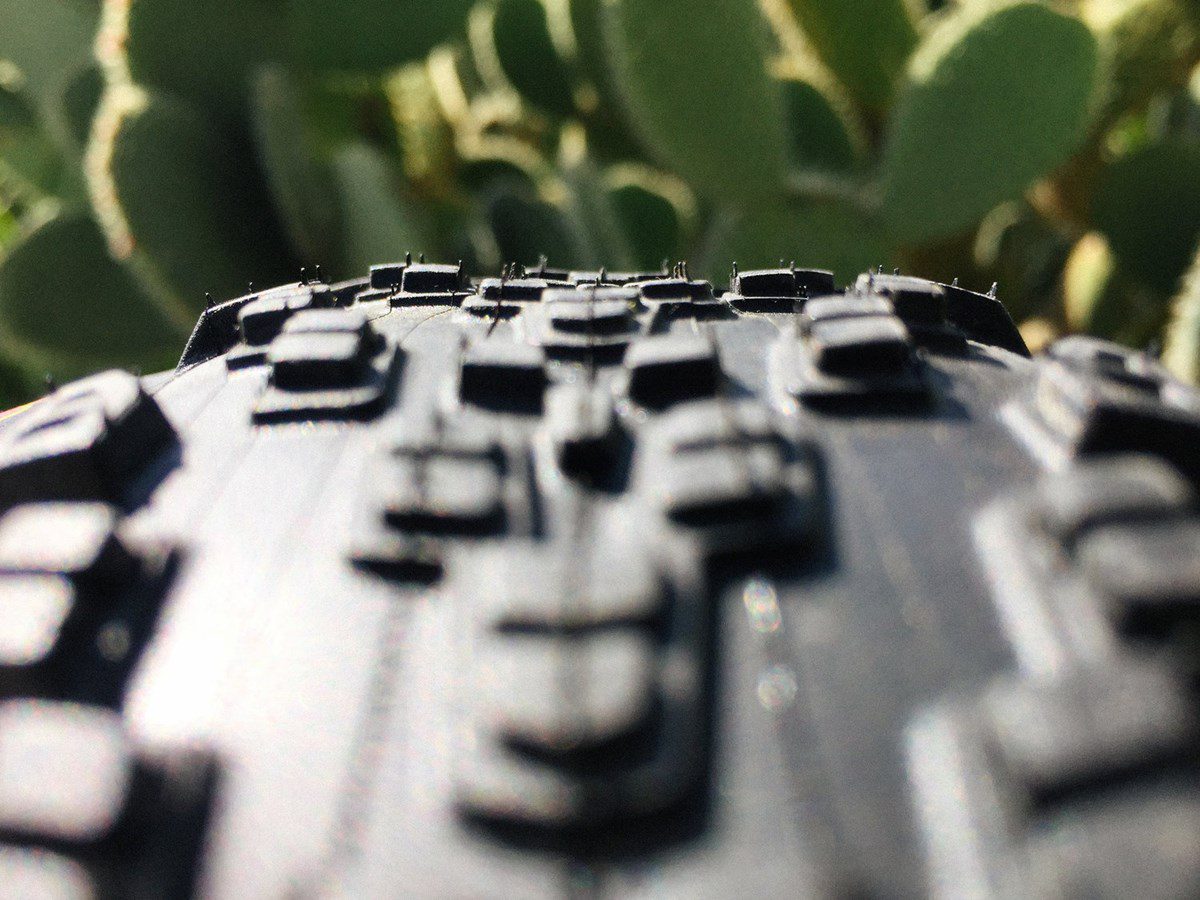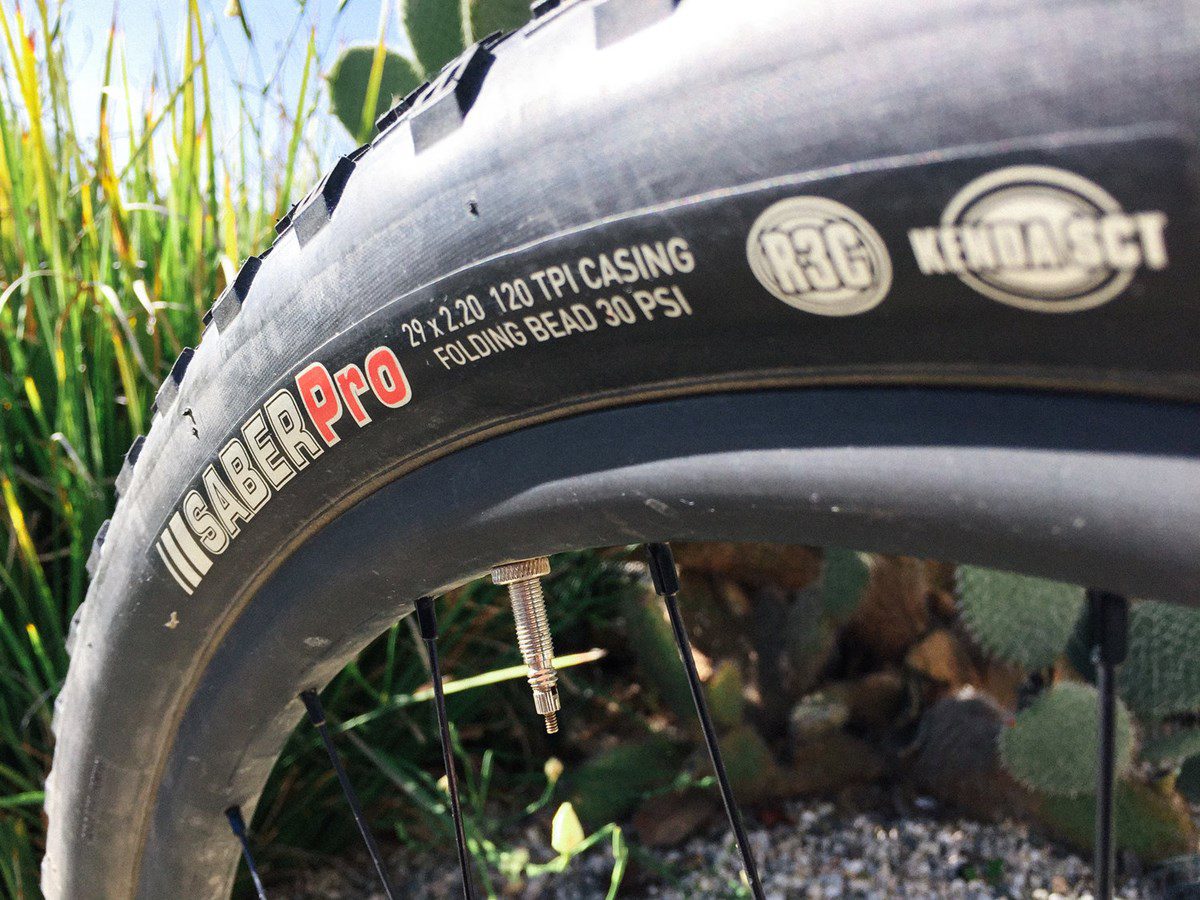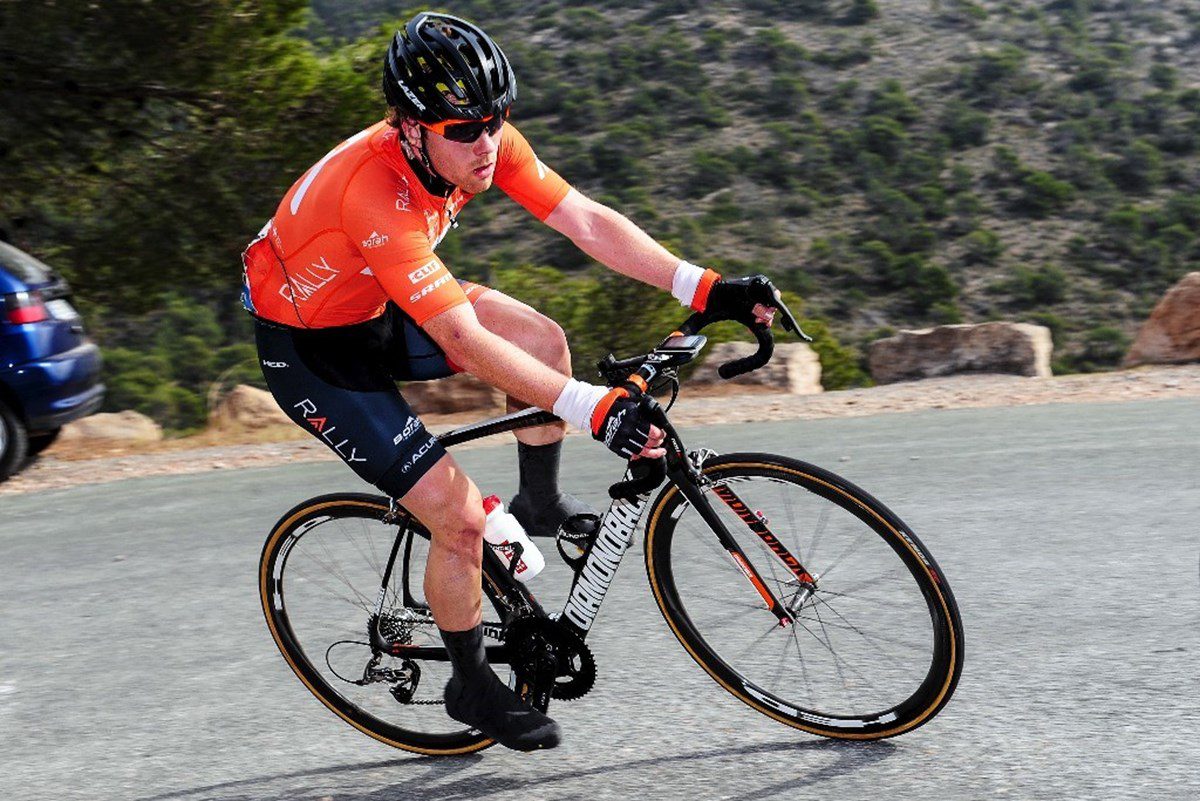Designing and making cycling tires for every ride
Kenda Tire engineer talks knobs, thread count, compounds, rolling resistance, puncture protection and more


The point of contact between the bike and the earth’s surface is extremely important for cyclists in all disciplines, good tires goes a long way. The tire you choose between you and the trail or road surface will impact comfort and performance. Riders, especially those focused on gaining every advantage they can get, are looking for tires with a balance of low rolling resistance, lightweight, and the right traction all while maintaining excellent puncture resistance and comfort. In labs and factories, rubber for cyclists is being refined to offer up every advantage possible.
Designing the right tire for every rider
“The most important question we ask ourselves is who will be the end user,” explained Jay Drunasky a senior engineer with Kenda Tire. “If it’s a high-end road tire there will be compromises with thread puncture resistance or sidewall puncture resistance but it will have excellent rolling resistance and weight,” he said.
RELATED: Shredding the Holy Land’s Sugar Trail
The challenges of dialing in a tire for new and emerging trends keeps Kenda’s engineers constantly refining and testing new designs. “A lot of my riding friends are pretty well educated and it’s fun to look at new trends. Road tires are a little bit easier because the changes are quite small. If we are going from 25c to 30c it doesn’t require a huge degree of re-imaging to make a new tire,” Drunasky explained. “The big size range in mountain bike tires is quite difficult with the tread patterns requiring much more testing.” 
The process of designing a new trail tire often begins with consulting the top riders who will be competing on them. “Generally we will get the pros involved fairly early on in the project. We do benchmark testing and get them up to speed with the goals,” he explained about the working with the Polygon UR downhill team who get very involved with new projects. “They may get involved in tread pattern and we work with them to get initial feedback. Once the tire is ready if we test it with our pro athletes and they like it, it is sure to be a good tire,” Drunasky said about the trust Kenda have in their pro athletes.
Designing most tires involves extensive testing especially against in class competitors. Once the project goals are defined, Drunasky and Kenda’s other engineers including the ones who are working with the compounds and materials will match the right construction with the tires designated end use.
RELATED: 5 easy steps to make your components last longer
The parts of a good cycling tire
“We have spreadsheets of test data on each compound and how they perform, their hardness, rolling resistance and traction,” Drunasky said. A more puncture resistant tire will use thicker materials for the side walls while a supple race tire will use a higher grade tread compound but feature slightly less puncture resistance.
“We have a huge bank of test data for each compound and how they perform. With our performance goals in mind we choose the materials that will give us the right rolling resistance, traction and puncture protection at our target price point,” he said. Kenda has data on how each material performs on its own but then they go through the testing process with a newly constructed tire to see how it performs as a single unit. With mountain bike tires, once a tread pattern is developed, Kenda test different compounds and materials to find the design that will offer the best performance in all the key areas.
RELATED: How to recover from your first long ride of the season
A fast rolling compound will cost more due to higher quality polymers and materials as will a higher thread count fabric. Flat resistant materials tend to be stiffer and heavier so they tend not to be as heavily used on designs that prioritize light weight and suppleness. The casing is the backbone of a tire. For additional flat protection, other fabrics are often added, some stiffer, lighter or more flexible depending on the end goal. Lightweight fabrics won’t affect the rolling speed as much while something stiffer will affect rolling resistance though have higher flat protection.
Rolling resistance
After wind resistance, rolling resistance is the second largest contributor to drag on a cyclist. Thick, tough tires will feel slower than supple tires made from high-grade compounds. A wider tire often is beneficial to rolling resistance. Kenda do their rolling resistance testing on a large drum that helps them measure the difference in wattage directly and then measurements are done on the road.
Companies have various compounds they use to make the tread of their tires. These compounds are made by mixing polymers from synthetic and organic sources.
Drunasky said rolling resistance is one of the most important factors Kenda take into consideration designing their tires. The tire casings which can range from supple to hard, play a big role in determining the rolling resistance of the tire. Generally, high threads per inch (TPI) count indicates a more supple tire. A higher number indicates the casing threads are closer together and thus thinner though not all companies count TPI in the same way.
Another major factor is tire pressure. “Most advanced riders have a good understanding of the tire pressure that works for them. Many riders play around with their tire pressure to find the traction, rolling resistance, and comfort that suits their needs. The fastest rolling is a higher pressure,” Drunasky explained. “Dropping pressure can improve tire grip and it’s all highly dependent on the rider.” The road surface will also play a big factor in the right tire pressure with more traction necessary to navigate coarse roads and gravel.
RELATED: 7 strategies to avoid burning matches at the front of the group ride
Mountain biking is a bit more complicated with riders who are smoother over technical features able to ride lower pressures and thus be able to get a bit more traction out of a tire than those who are, as Drunasky put it, “bashing into everything.” With downhill and xc tires another factor is how closely the knobs are to each other in designed. A hard pack race tire can have more closely backed knobs for faster riding while a tire designed to shed mud will have a higher rolling resistance.
Roll with the right tire
The benefits of having the right tire are measurable. “Going from a very cheap tire to an optimized tire, just in rolling resistance alone can be double, a very cheap road tire will require a lot more watts to push at the same speed,” said Drunasky.
RELATED: How to get your bike really clean
While riders really focused on performance have educated themselves about rolling resistance and weighed their needs and budget, Drunasky said notice riders could benefit from getting more information before investing in a new set of tires. It could not only result in choosing a more suitable tire for their riding purpose but also give them more confidence on the riding surfaces they most frequently tackle.


